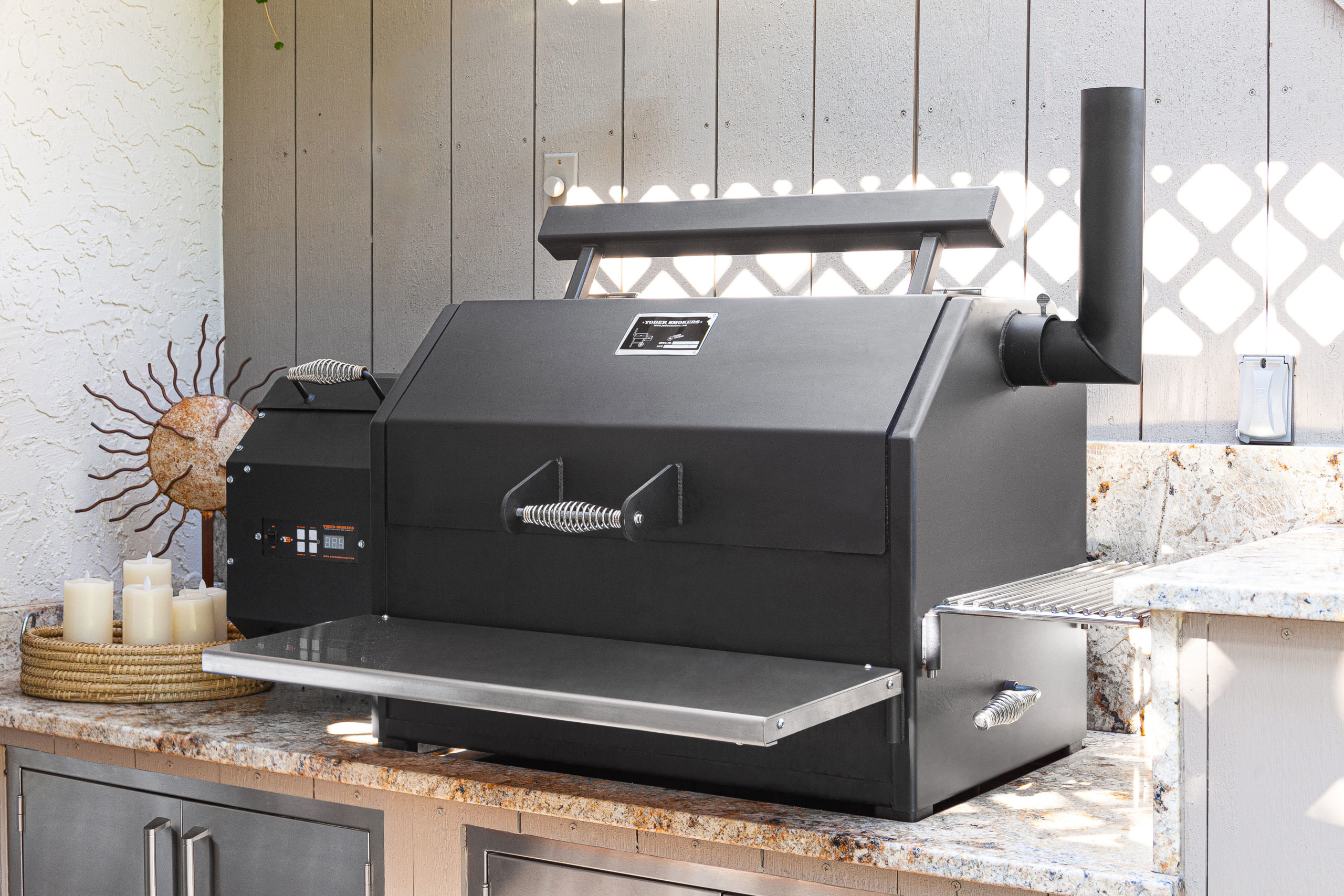Argon-argon dating is a radiometric dating method that is used to determine the age of volcanic rocks and minerals. It is a more precise version of potassium-argon dating, which is another radiometric dating method. Argon-argon dating is based on the decay of radioactive potassium-40 to argon-40. This decay process results in the production of argon-39, which can be measured to determine the age of the sample.
The Basics of Argon-Argon Dating
Argon-argon dating is based on the principle that radioactive potassium (K) decays into argon (Ar) at a known rate. The decay of K to Ar occurs via a series of steps, with the final step being the decay of 40K to 40Ar. This decay process has a half-life of 1.26 billion years.
The argon-argon dating method is based on the fact that 40Ar is a product of the decay of 40K. When a volcanic rock or mineral forms, it contains a certain amount of 40K. Over time, the 40K in the sample decays to 40Ar, which accumulates in the mineral or rock. By measuring the amount of 40Ar present in the sample, and knowing the decay rate of 40K, scientists can calculate the age of the sample.
The Advantages of Argon-Argon Dating
Argon-argon dating has several advantages over other radiometric dating methods. One of the main advantages is that argon-argon dating is much more precise than other methods, such as potassium-argon dating. This is because argon-argon dating uses two isotopes of argon (39Ar and 40Ar), which allows for more accurate measurements.
Another advantage of argon-argon dating is that it can be used to date very old rocks and minerals. This is because the decay rate of 40K is very slow, and so even very old samples will contain enough 40Ar to be measured accurately.
The Limitations of Argon-Argon Dating
Like all radiometric dating methods, argon-argon dating has some limitations. One limitation is that it can only be used to date volcanic rocks and minerals. This is because these samples contain high amounts of potassium, which is necessary for the argon-argon dating method to work.
Another limitation of argon-argon dating is that it can be affected by a number of factors, such as contamination and loss of argon. Contamination can occur when the sample is exposed to air or water, which can introduce argon from the environment into the sample. Loss of argon can occur when the sample is heated or exposed to high pressures.
How Argon-Argon Dating Works
Argon-argon dating works by measuring the amount of 39Ar and 40Ar present in a sample. The first step in this process is to extract the sample from the rock or mineral. This is usually done by crushing the sample into small pieces and then heating it in a vacuum oven to remove any air or water.
Once the sample has been extracted, it is loaded into a mass spectrometer. The mass spectrometer is used to measure the amount of 39Ar and 40Ar present in the sample. The ratio of these two isotopes can then be used to calculate the age of the sample.
Interpretation of Results
The results of an argon-argon dating analysis are usually presented as an age range. This is because there are a number of factors that can affect the accuracy of the measurement, such as contamination and loss of argon.
The age range is calculated by taking into account the amount of 39Ar and 40Ar present in the sample, as well as the decay rate of 40K. The lower end of the age range represents the youngest possible age for the sample, while the upper end represents the oldest possible age.
Applications of Argon-Argon Dating
Argon-argon dating has a number of applications in geology and archaeology. One common application is in dating volcanic rocks, which can provide important information about past volcanic activity and tectonic processes.
Another application of argon-argon dating is in dating fossils and other organic materials that are found in volcanic rocks. This can provide important information about the age of these materials, as well as their relationship to other fossils and geological features.
Argon Argon Dating
Argon-argon dating is a powerful tool for determining the age of rocks and minerals. It provides a more precise method for dating volcanic rocks than other radiometric dating methods, and can be used to date very old samples. While there are some limitations to this method, such as its inability to date non-volcanic rocks, it has many applications in geology and archaeology.

